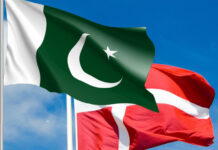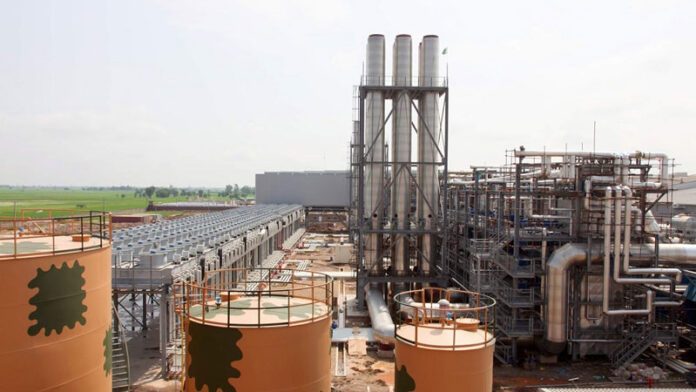The National Electric Power Regulatory Authority (NEPRA) convened a crucial hearing to address pressing concerns surrounding the Power Distribution Companies’ (Discos) five-year Power Acquisition Program (PAP) for the period 2022-23 to 2026-27. The meeting, presided over by NEPRA Chairman Waseem Mukhtar and attended by several NEPRA members, delved into the lack of alignment of the PAP with the Integrated Generation Capacity Expansion Plan (IGCEP) and the Transmission System Expansion Plan (TSEP) of the National Transmission and Dispatch Company (NTDC).
NEPRA expressed its perplexity as the proposed PAP failed to align with vital energy plans. The lack of integration with IGCEP and TSEP left questions lingering about the PAP’s effectiveness. The NEPRA Authority, comprising experts in technical, tariff and finance, and legal fields, initiated a dialogue aimed at resolving these discrepancies.
One major concern was the absence of a forecast regarding the potential impact of the PAP on end-consumer tariffs and the Discos’ overall operational costs. During consultative sessions, it became evident that the Discos lacked the tools necessary for conducting an impact analysis on consumer end tariffs.
Discos acknowledged that they had not calculated the financial impact of the PAP on consumers. Notably, while the PAP ensured the inclusion of committee projects, concerns were raised about the exclusion of optimized projects. The issue of the Kot Addu Power Company (Kapco) was brought to the table, with representatives advocating for its utilization to enhance load factor and distributing its financial impact to consumers nationwide, as a single entity was reluctant to bear the burden alone. However, TESCO contested this proposal. Furthermore, a 600 MWp solar project in Muzaffargarh was notably absent from the committed projects.
Chairman Waseem Mukhtar highlighted the critical importance of the power system’s reliability. He voiced concerns about approving the PAP without ensuring system stability, emphasizing that the inclusion of plants ensuring system stability was imperative for a comprehensive plan.
An official clarified that the PAP was firmly linked to the forthcoming IGCEP and was not an indicative document. Projections of the government’s average GDP growth in the range of 3.2 percent to 3.5pc over the next few years were considered in the context of the PAP.
During the hearing, it was disclosed that the proposed PAP would encompass 12 projects, with 10 being bagasse-fired and two hydropower projects by 2026. The total committed capacity addition was projected to be 13,762 MW, involving various energy sources such as local coal, imported coal, hydropower, net metering, solar, wind, bagasse, cross-border imports, and RLNG.
A representative from Shah Taj Sugar Mill voiced criticism of NTDC for frequently changing the IGCEP. These abrupt changes were reportedly detrimental to the sugar industry, causing disruptions and impacting investments. The power acquisition department of NTDC indicated its intention to evacuate power after the introduction of the new IGCEP.
Chairman Waseem Mukhtar concluded the discussion by emphasizing that the NEPRA Authority’s questions were aimed at fully understanding the issues at hand. He underscored the Authority’s responsibility to make decisions that safeguard consumer interests and protect the energy sector.
























